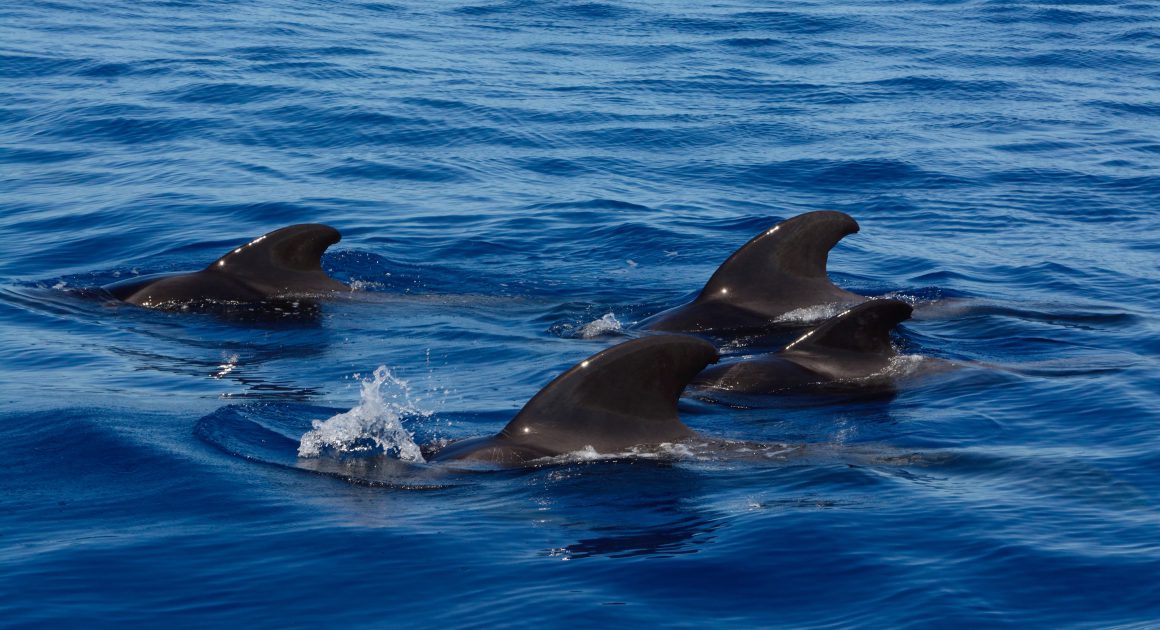CCA offers its warmest welcome to all the concerned global citizens who’ve been drawn to this site! We’ve come together to have a conversation about where we go from here in our relationship with these magnificent animals. This question is part of a much bigger discourse about how we see ourselves in our relationship with the natural world, but it is a key component of it. Why? If we’re to live in a world of our own choosing, we first need to know what we want that world to look like. CCA wishes to make the case that how we treat other sentient, social, and highly intelligent species is critical to our own success – and whether we, the technically dominant species, can be successful stewards of our planet.
How much value do we place on justice, fairness, compassion and empathy? Are we prepared to exercise the courage of our convictions, sometimes by identifying a need to better understand an issue we’re confronted with, sometimes to expose ourselves to facts we’d prefer didn’t exist, and which we’d prefer to not be aware of? To sometimes be utterly heartbroken. To feel something that may easily ruin our whole day. But also with the knowledge that we’ve done something – with our voices, our time and our money – that made the world a little better. A little more just, and fair, and kind.
On the issue of cetacean rights and wellbeing, there are a small number of moral choices we’re going to ask you to make. There will be a great many instances where the best path forward will be debatable, where we will disagree. But there are also a great many things we know for certain, and upon which we can build a solid consensus.
Let’s start with this well established fact. Dolphins are really, really smart. The latest science suggests probably on a level which matches our own. Dolphins have extraordinary social intelligence. They employ language, and apparently have unique names to identify one another. They play and have joyful experiences. Like humans (and bonobos) they have sex for fun, whether or not procreation is a desired result. And they have an enormous capacity for suffering, especially at the loss of family members or others of their pods. Though we would never argue that our compassion for someone should be constrained by our estimate of their intelligence, and believe that all animals deserve to be treated humanely by humans, dolphins clearly represent a special case.
Here, in a nutshell, is what we at CCA will be asking of you.
Recognize that in the case of certain species, given their fundamental natures, we humans simply cannot make a morally defensible case for killing them, enslaving them for any purpose, or knowingly damaging the habitats and food sources upon which they depend for their survival.
All animals deserve our compassion and humane treatment. As well, conservation of all wild things, and the places they live, is exceptionally valuable. But in the case of these certain species, of which dolphins are the prime example, there is a great deal more going on. When we are talking about a species at this level, certain arguments that may work very well in other cases seem to be completely beside the point. For example, consider the argument that certain species of whales can be hunted because they are relatively common (such as the Minke Whales of the Antarctic, or Pilot Whales in the North Sea). It is true that a number of cetacean species are highly endangered – almost all because of exploitation by humans – and that alone would make a compelling argument for not killing them. However, when placed alongside the moral argument for not doing harm to a fellow species whose cognitive abilities are on a par with our own, such an argument is actually superfluous.
In this example, it’s perfectly clear that a resumption of commercial whaling of any species that has managed to recover its numbers to some extent nevertheless remains morally indefensible.
Among the issues that are most pressing, if we’re to do right by these “fellow Earthlings”, are these: capture for captivity, killing for food, and habitat destruction & depletion.
Those of us who favor a permanent end to all cetacean captivity will ultimately be successful. Why? Because the truth paints a picture which most people find impossible to accept. CCA is making the strategic bet that being made aware of the horrific cruelty that underlies this industry will almost always mean an individual choice not to support it.
A live dolphin captured in the notorious drive hunts of Taiji will fetch a price of up to $100,000 USD for its captors. A dead dolphin from these same hunts, harvested mostly as a matter of convenience and opportunity from among those not selected for captivity, is worth about $400 for its meat and blubber. As well, demand continues to be pushed down by a growing awareness of the health dangers of consuming flesh with increasingly toxic levels of mercury concentrations. The real financial incentive for these hunts is supplying live dolphins for captivity. If we can put an end to that demand, the viability of these hunts will effectively be lost.
The fight against killing cetaceans as a food source will take longer (although many species are rapidly running out of time). Broadly speaking, there are two big issues. There is killing for food as a longstanding cultural practice (Faroe Islands, Solomon Islands, and elsewhere), which enjoys legal protection in those places. There are also illegal hunts, in a great many places, which kill up to 100,000 dolphins each year. (For more information on hunts, click here.) Nevertheless, there is no question that with the end of captivity, the rate of slaughter will fall significantly.
Cetacean captivity is inherently and exceptionally cruel. We look at many of the reasons why here. Click here for more on cetacean captivity.
There is no way for proponents of either the killing or capture of dolphins to approach the argument in a way that’s logically or morally justifiable. Even if we were to assume that captivity is not cruel to such species – an argument which is absurd on its face – there is no meaningful way to argue that we can capture and not kill. The stresses and trauma of the drive hunt itself frequently leads to a number of deaths. (See more here.) Even if this were not so, pods are tight, complex social structures with powerful bonds among their members. We can’t simply remove some and release the rest. (This is often done with highly prized species like Bottlenose Dolphins, presumably to give the pod a chance to recover so as to provide more captives later. Others, such as Risso’s Dolphin, for which there is less demand in the entertainment industry, are normally killed en masse.) The group experiences great trauma from the loss of its members, and the survival of the remaining pod is seriously undermined.
(As an aside – but one which demonstrates the horrific nature of the industry – we need to know that the numbers “released” are inflated by the common practice of releasing very young dolphins back out to sea on their own, so that these smaller members of the pod won’t count against the killing quota. Their survival chances are exactly zero.)
But let’s never forget that even with this impossible-to-achieve zero kill rate, what captivity actually means. It creates enormous suffering, greatly shortened lifespans, and is absolutely, morally abhorrent.


